Classic risotto with grana cheese
This classic risotto is a perfect base for many others, says Giorgio Locatelli

Ingredients 2.5 litres good chicken stock 50g butter (cut into even sized pieces and kept very cold) 1 onion, chopped very, very finely 400g superfine carnaroli rice 125ml dry white wine Salt and pepper Grana cheese
Making the soffritto Put a heavy-based pan on the heat next to the one containing the hot stock, and put in the butter to melt. The choice of pan for risotto is important, as a heavy base will distribute heat evenly, preventing burning. As the butter is melting add the onion and cook very slowly for about 5 minutes, so that it softens and becomes translucent, losing the pungent onion flavour, but doesn't brown-otherwise it might add some burnt flavour to the risotto and could also spoil its appearance with brown flecks. I don't recommend that you add any salt at this point, because the stock that you will shortly be adding will reduce down, concentrating its flavour and saltiness. You will also be adding some salty grana at the end, so it is best to wait until all these flavours have been absorbed and then decide at the end on whether you need any seasoning or not.
The tostatura-‘toasting' the rice Turn up the heat to medium, add the rice and stir, using a wooden spatula, until the grains are well covered in butter and onions, and heated through-again with no colour. It is important to get the grains up to a hot temperature before adding the wine. Add the wine and let it reduce and evaporate, continuing to stir, until the wine has virtually disappeared and the mixture is almost dry-that way you will lose the alcohol and tannins. If you don't let it reduce enough you will get a slightly bitter flavour of wine in the risotto.
Adding the stock From this point to the end of the cooking, for this quantity of risotto, should take about 17-18 minutes (a minute or so less if you are doubling the quantity). Start to add the stock a ladleful at a time (each addition should be just enough to cover, but not drown, the rice), stirring and scraping the base and sides of the pan with your wooden spoon. Let each ladleful be almost absorbed before adding the next.
The idea is to keep the consistency runny at all times; never letting it dry out, and to keep the rice moving so that it cooks evenly (the base of the pan will obviously be the hottest place, and the grains that are there will cook quicker than the rest, unless you keep stirring them around). You will see the rice beginning to swell and become more shiny and translucent as the outer layer gradually releases its starch, beginning to bind the mixture together and make it creamy.
Keep the risotto bubbling steadily all the while as you continue adding stock, stirring and letting it absorb, before adding more again.
After about 15 minutes of doing this, start to test the rice. A word of warning: let it cool before you taste, as risotto retains the heat dramatically, like polenta, and you will burn your mouth if you don't wait for a moment. The rice is ready when it is plump and tender, but the centre of the grain still has a slight firmness to the bite.
Sign up for the Country Life Newsletter
Exquisite houses, the beauty of Nature, and how to get the most from your life, straight to your inbox.
When you feel you are almost there, reduce the amount of stock you are adding, so that when the rice is ready, the consistency is not too runny, but nice and moist, ready to absorb the butter and cheese at the next stage and loosen up some more. If it is too soupy at this point, once you add these ingredients the finished risotto will be too sloppy, whereas if it is not quite wet enough, you an always rescue the situation by beating in a little extra hot stock to loosen it up at the end, after the mantecatura.
Resting Take the pan off the heat and let the risotto rest for a minute without stirring. This slight cooling is important because you are about to add butter and cheese, and if you add these ingredients to piping hot risotto, they will melt too quickly and the risotto may split. You see this sometimes in restaurants, where the grains of rice, instead of clinging together, seem to stick out, each surrounded by a little pool of oily liquid.
The mantecatura Quickly beat in the cold butter, then beat in the cheese, getting your whole body behind it, moving your beating hand as fast as you can, and shaking the pan with the other. You should hear a satisfying, thwock, thwock sound as you work the ingredients in. the result should be a risotto that is creamy, rich and emulsified.
At this point, taste for seasoning and, if you like, add a grind of salt and pepper. Remember, though, that if your stock is strong flavoured, and once you have added the salty cheese, the risotto may not need any seasoning at all.
Serve the risotto as quickly as you can, as it will carry on cooking for a few minutes even as you transfer it to your serving bowls (shallow ones are best), and you want to enjoy it while it is at its creamiest.
If you have achieved the perfect consistency (all'onda), when you tilt the bowls the risotto should ripple like the waves of the sea.
White truffle risotto Make the risotto as for Risotto alla lodigiana You need a white truffle and a teaspoon of white truffle butter, which you can buy at Italian delicatessens. At the final stage of the risotto-the mantecatura-add the truffle butter along with the Parmesan. Serve the risotto in bowls and then shave the cleaned white truffle over it at the table with great ceremony. For the ultimate truffle risotto, put a truffle into your jar of rice for a t least 24 hours before you want to make it, so that its wonderful aroma can infuse the rice.
An extract from Giorgio Locatelli's Made In Italy, Food & Stories, Published by Fourth Estate London
Country Life is unlike any other magazine: the only glossy weekly on the newsstand and the only magazine that has been guest-edited by HRH The King not once, but twice. It is a celebration of modern rural life and all its diverse joys and pleasures — that was first published in Queen Victoria's Diamond Jubilee year. Our eclectic mixture of witty and informative content — from the most up-to-date property news and commentary and a coveted glimpse inside some of the UK's best houses and gardens, to gardening, the arts and interior design, written by experts in their field — still cannot be found in print or online, anywhere else.
-
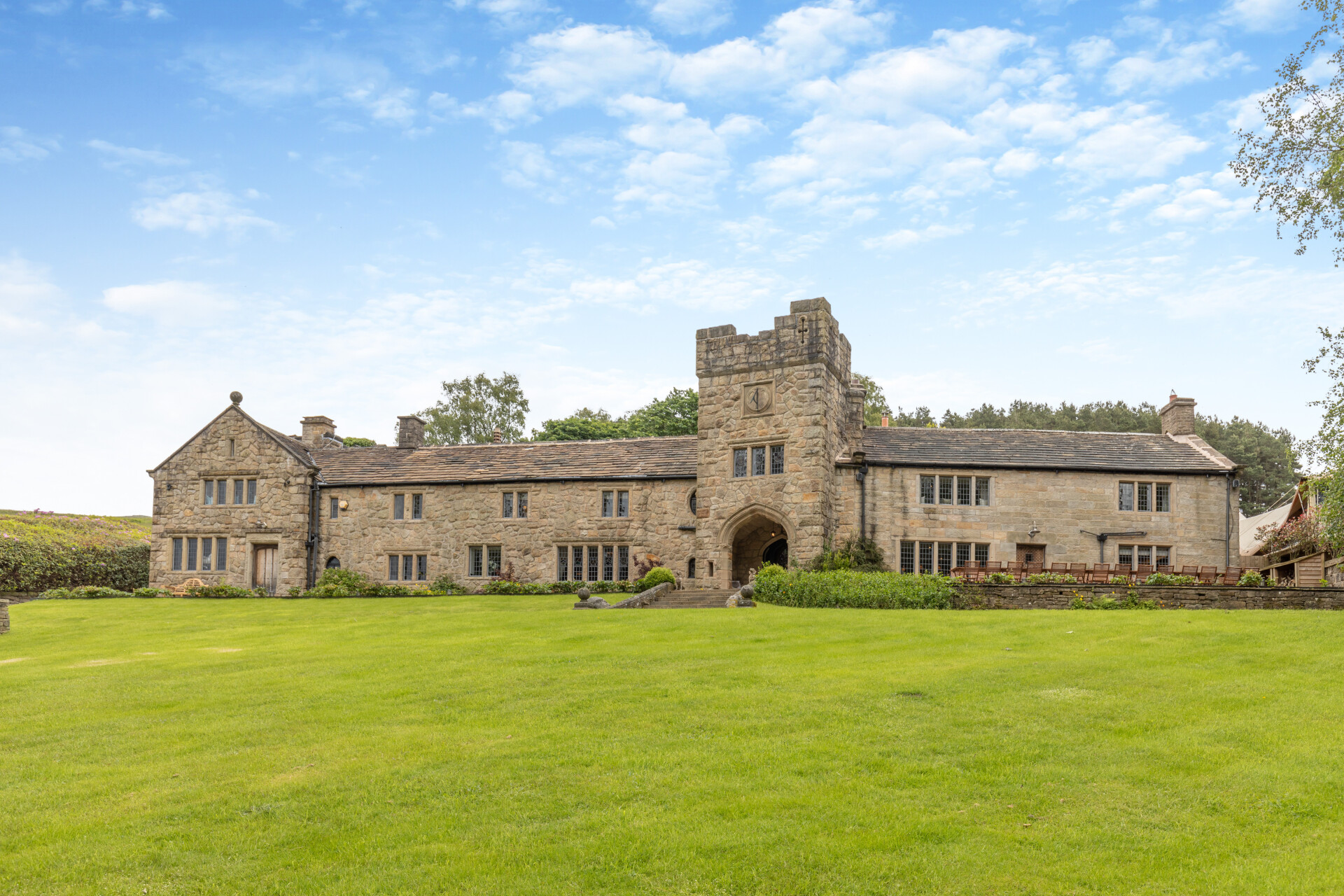 Some of the finest landscapes in the North of England with a 12-bedroom home attached
Some of the finest landscapes in the North of England with a 12-bedroom home attachedUpper House in Derbyshire shows why the Kinder landscape was worth fighting for.
By James Fisher
-
 The Great Gatsby, pugs and the Mitford sisters: Country Life Quiz of the Day, April 16, 2025
The Great Gatsby, pugs and the Mitford sisters: Country Life Quiz of the Day, April 16, 2025Wednesday's quiz tests your knowledge on literature, National Parks and weird body parts.
By Rosie Paterson
-
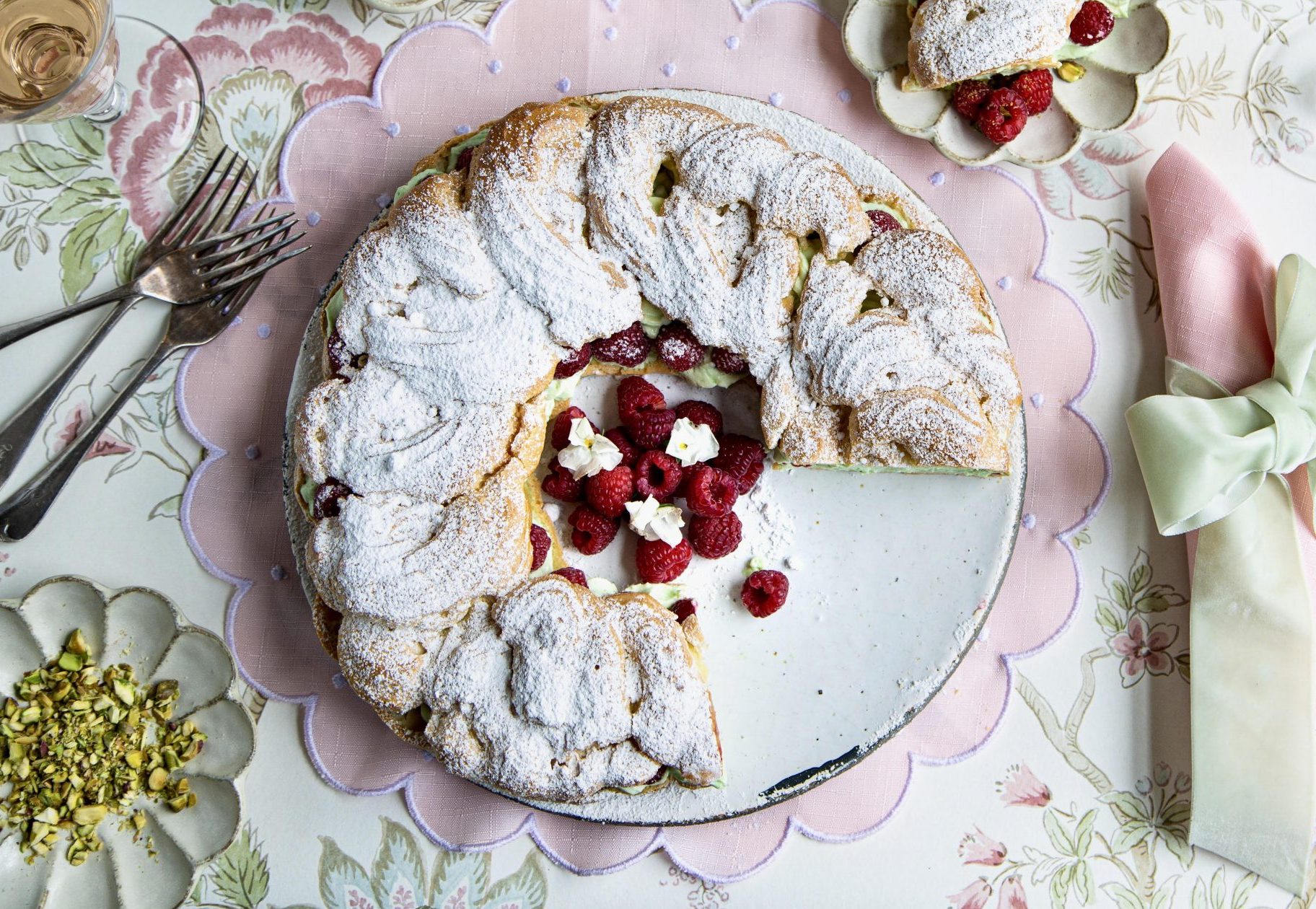 How to make raspberry-and-pistachio choux Paris-Brest, perfect with a glass of rosé
How to make raspberry-and-pistachio choux Paris-Brest, perfect with a glass of roséMelanie Johnson makes the most of juicy British berries with these sweet recipes.
By Melanie Johnson
-
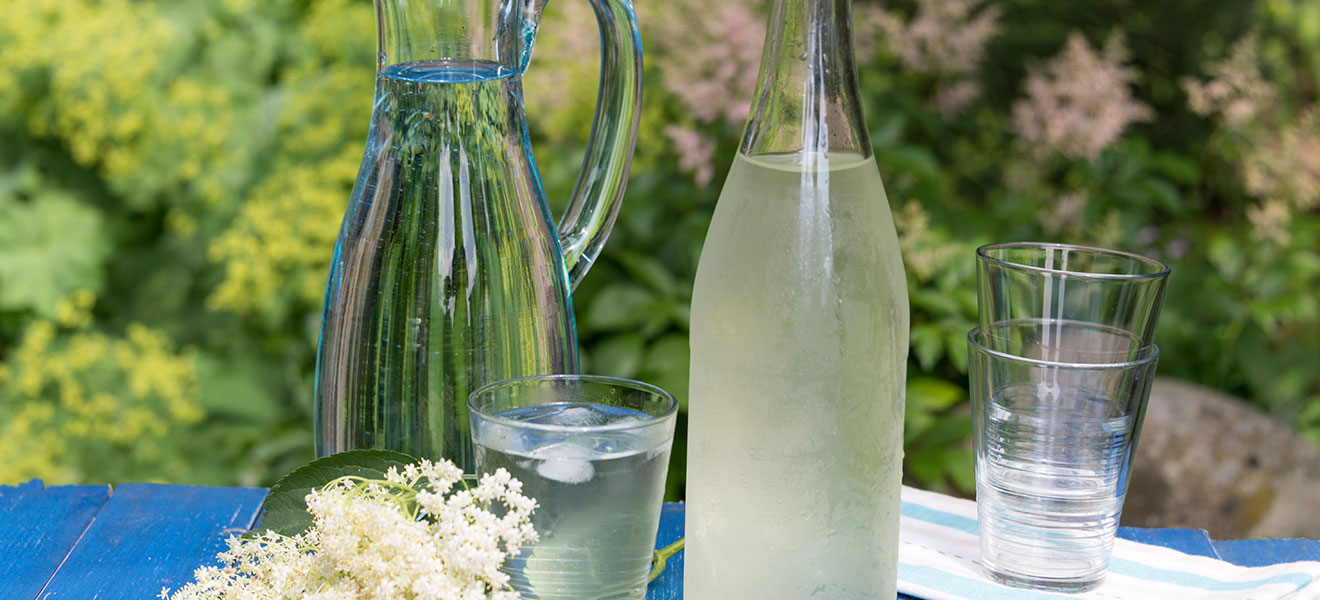 How to make elderflower cordial and wine
How to make elderflower cordial and wineThe English summer is thought to start when the elder blossoms and ends when the berries ripen. Country Life recommends some recipes for this versatile plant.
By Country Life
-
 Turning the humble potato salad into a thing of beauty, with a touch of salmon and pomegranate
Turning the humble potato salad into a thing of beauty, with a touch of salmon and pomegranatePotato salad is turned into something with a real dash of panache by our kitchen garden cook Melanie Johnson.
By Toby Keel
-
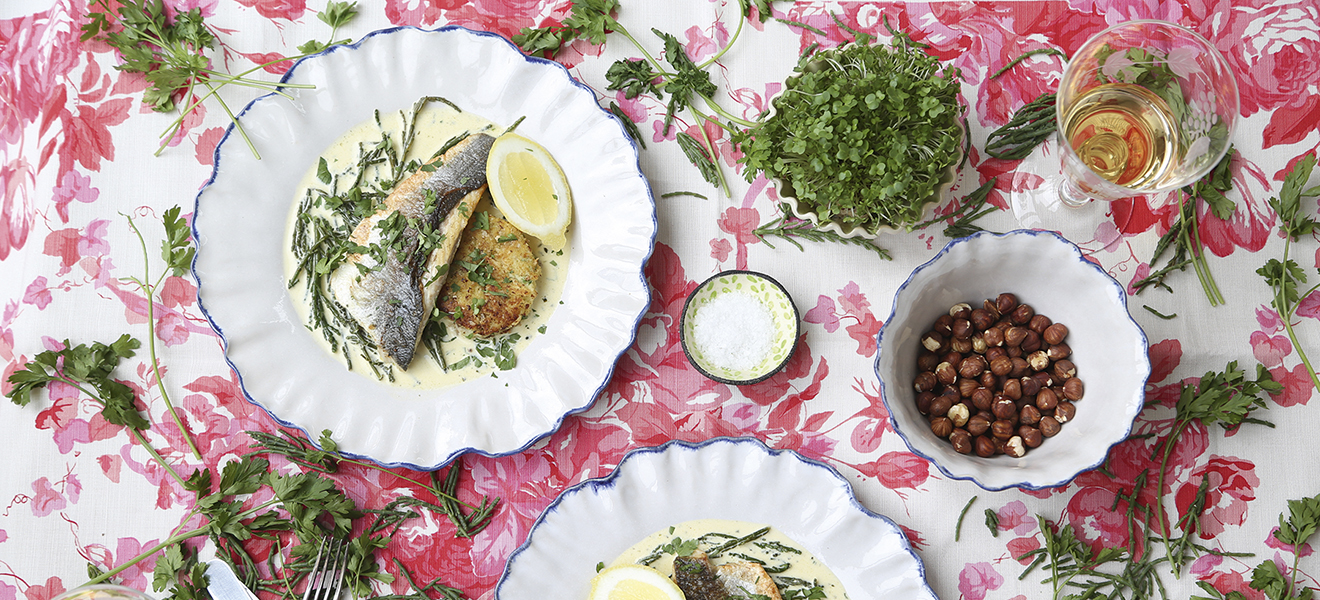 Pan-fried sea bass with caper-and-anchovy potato cakes, samphire and cream
Pan-fried sea bass with caper-and-anchovy potato cakes, samphire and creamOur kitchen garden cook reveals a delicious recipe that makes good use of seasonal samphire.
By Melanie Johnson
-
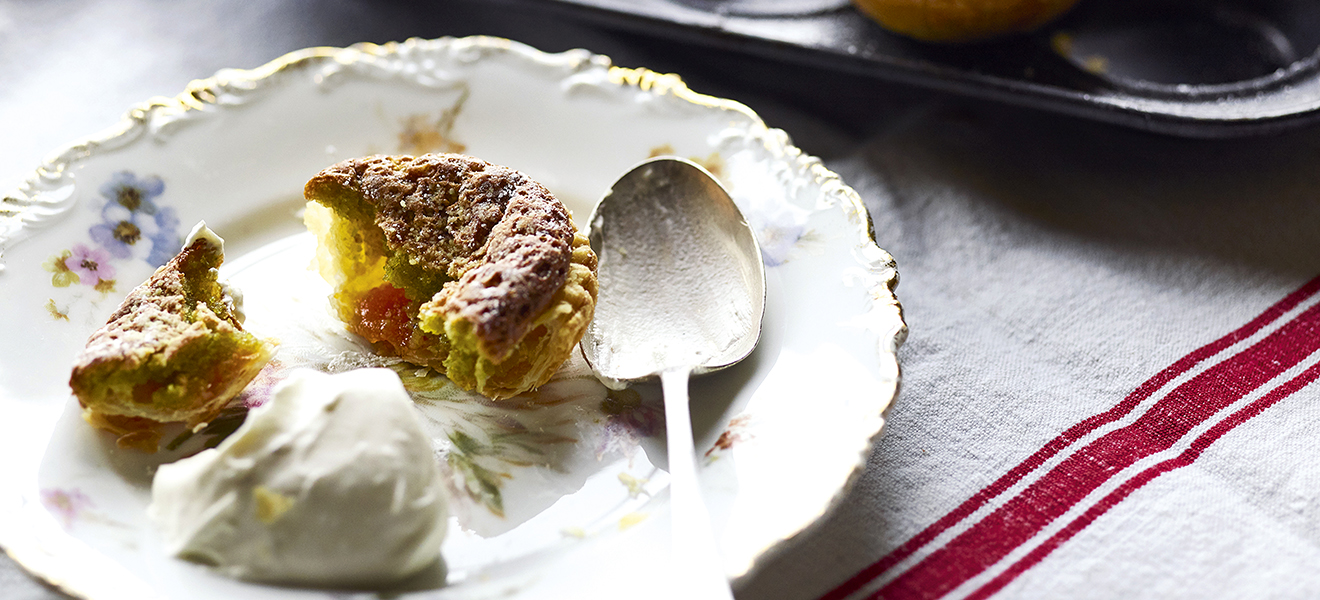 Summer pudding recipe: buttery pistachio tarts
Summer pudding recipe: buttery pistachio tartsThe very best pistachios might be costly, but they make a suitably sumptuous pudding.
By Simon Hopkinson
-
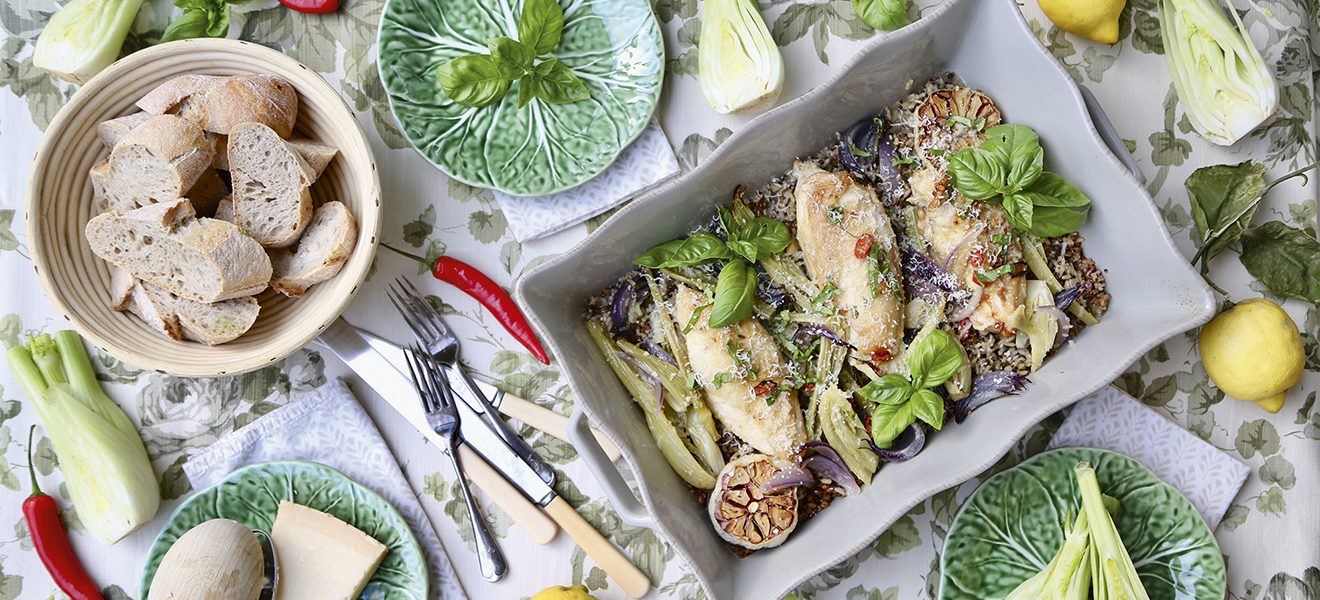 Recipe: Roast-chicken with fennel and lemon, served with red Camargue rice
Recipe: Roast-chicken with fennel and lemon, served with red Camargue riceA delicious summer supper dish from our kitchen garden cook.
By Melanie Johnson
-
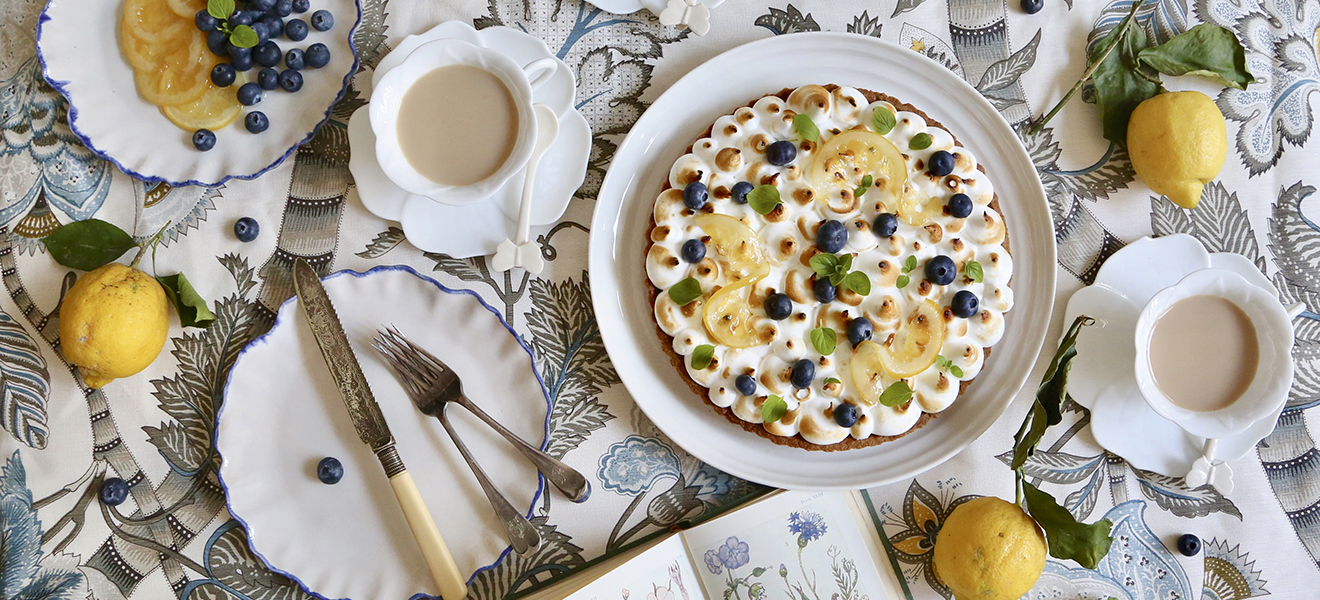 Recipe: Blueberry-and-lemon tart with Italian meringue and confit lemons
Recipe: Blueberry-and-lemon tart with Italian meringue and confit lemonsOur kitchen cook reveals a showstopper of a pudding, perfect for summer.
By Melanie Johnson
-
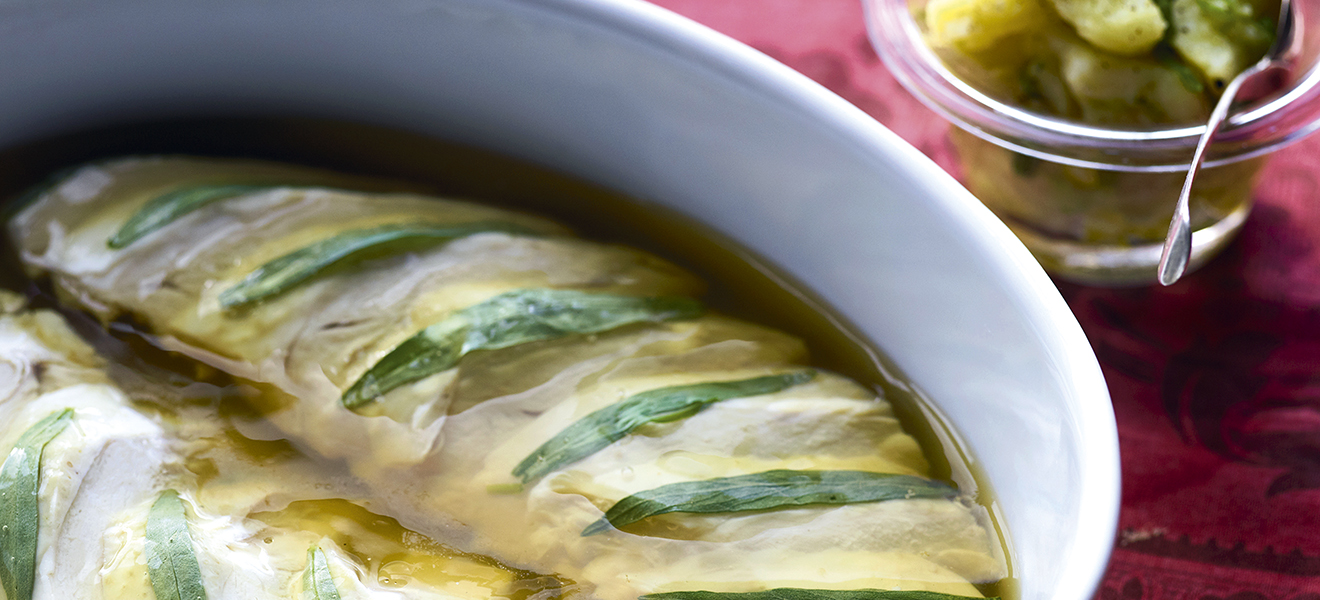 How to prepare a posh picnic
How to prepare a posh picnicA picnic spread should consist of delicate tarragon chicken, linen napkins and chilled rosé, rather than sandy sandwiches and boiled eggs.
By Simon Hopkinson